-
Courses

Courses
Choosing a course is one of the most important decisions you'll ever make! View our courses and see what our students and lecturers have to say about the courses you are interested in at the links below.
-
University Life
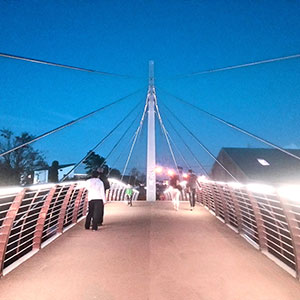
University Life
Each year more than 4,000 choose University of Galway as their University of choice. Find out what life at University of Galway is all about here.
-
About University of Galway
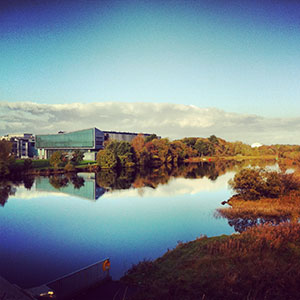
About University of Galway
Since 1845, University of Galway has been sharing the highest quality teaching and research with Ireland and the world. Find out what makes our University so special – from our distinguished history to the latest news and campus developments.
-
Colleges & Schools
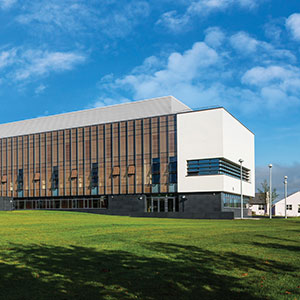
Colleges & Schools
University of Galway has earned international recognition as a research-led university with a commitment to top quality teaching across a range of key areas of expertise.
-
Research & Innovation
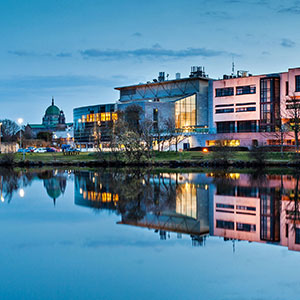
Research & Innovation
University of Galway’s vibrant research community take on some of the most pressing challenges of our times.
-
Business & Industry
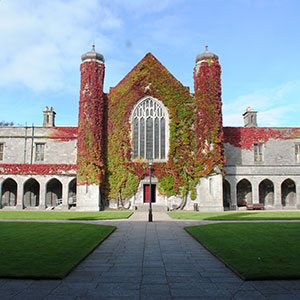
Guiding Breakthrough Research at University of Galway
We explore and facilitate commercial opportunities for the research community at University of Galway, as well as facilitating industry partnership.
-
Alumni & Friends
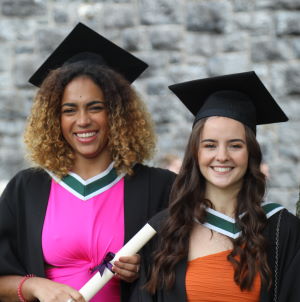
Alumni & Friends
There are 128,000 University of Galway alumni worldwide. Stay connected to your alumni community! Join our social networks and update your details online.
-
Community Engagement
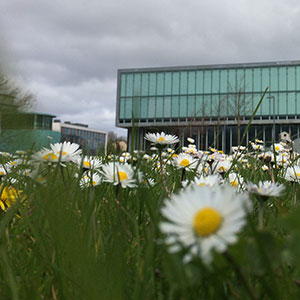
Community Engagement
At University of Galway, we believe that the best learning takes place when you apply what you learn in a real world context. That's why many of our courses include work placements or community projects.
May Researchers discover likely site of new planet in formation
Researchers discover likely site of new planet in formation
An international team of astronomers led by University of Galway, has discovered the likely site of a new planet in formation, most likely a gas giant planet up to a few times the mass of Jupiter.
Using the European Southern Observatory's Very Large Telescope (ESO’s VLT) in Chile, the researchers captured spectacular images around a distant young star for the first time in the form of scattered near-infrared light that revealed an exceptionally structured disk.
The European Southern Observatory (ESO), the world’s foremost international astronomy organisation, has today (Monday June 9, 2025) published a stunning view of the new planet-forming disk as their picture of the week.
The disk extends out to 130 astronomical units from its parent star - the equivalent to 130 times the distance between Earth and the Sun. It shows a bright ring followed by a gap centered at roughly 50 astronomical units.
For comparison, the outermost planet in our solar system, Neptune, has an orbital distance from the Sun of 30 astronomical units.
Inside the disk gap, reminiscent of the outskirts of a hurricane on Earth, a system of spiral arms are visible. While appearing tiny in the image, the inner part of this planet-forming system measures 40 astronomical units in radius and would swallow all of the planets in our own solar system.
The study was led by Dr Christian Ginski from the Centre for Astronomy in the School of Natural Sciences at University of Galway and was co-authored by four postgraduate students at the University.
Dr Christian Ginski, lecturer at the School of Natural Sciences, University of Galway and lead author of the paper, said: “While our team has now observed close to 100 possible planet-forming disks around nearby stars, this image is something special. One rarely finds a system with both rings and spiral arms in a configuration that almost perfectly fits the predictions of how a forming planet is supposed to shape its parent disk according to theoretical models. Detections like this bring us one step closer to understand how planets form in general and how our solar system might have formed in the distant past.”
The study has been published in the international journal Astronomy and Astrophysics.
Dr Ginski said: “Besides this exceptionally beautiful planet-forming cradle there is something else that I find quite special about this study. Along with the large international team that we assembled for these observations, four of our own University of Galway graduate students were involved in this study. Without the critical help of Chloe Lawlor, Jake Byrne, Dan McLachlan and Matthew Murphy we would not have been able to finalise the analysis of these new results. It is my great privilege to work with such talented young researchers.”
Chloe Lawlor, PhD student in Physics with a specialisation in Astrophysics, University of Galway, said: “Working with Dr Christian Ginski on the 2MASS1612 paper has been an incredible experience. As an early-career researcher, having the opportunity to contribute to such exciting work has been especially rewarding. This work has been the perfect introduction to scientific writing and collaboration, and I’m very grateful for this kick-start to my research career.”
Jake Byrne, MSc student in Physics with a specialisation in Astrophysics, University of Galway, said: “It’s an exciting time to be involved in planet formation theory at the University of Galway. There was a strong sense of collaboration among everyone involved in this paper, and I’m grateful to have been part of it. It's been a great introduction into what I hope to be a long career in research.”
Dan McLachlan, MSc student in Physics with a specialisation in Astrophysics, University of Galway, said: “I found it quite a thrilling experience to be making my first contribution to an astrophysics publication and was very grateful for the opportunity provided by being a part of Dr Ginski's research group. I also honed my academic writing skills in stepping up to the challenge and learned a few analytical techniques that will be of vital use in my own future research work.”
The wider research team included colleagues in the UK, Germany, Australia, USA, Netherlands, Italy, Chile, France, Japan.
The scientific paper speculates on the presence of a planet based on its structure and the rings and spirals observed in the disk. It also notes some tentative atmospheric emission of just such a planet which the research team say requires further study to confirm.
Based on their research findings, Dr Ginski and his team have secured time at the world leading James Webb Space Telescope (JWST) observatory in the upcoming observation cycle.
Using the unprecedented sensitivity of the James Webb Telescope, the team hopes to be able to take an actual image of the young planet. If planets in the disk are confirmed, it will become a prime laboratory for the study of planet-disk interaction.
The full study can be read here: https://doi.org/10.1051/0004-6361/202451647
See ESO photo of the disk here: https://www.eso.org/public/images/potw2523a/
Ends















